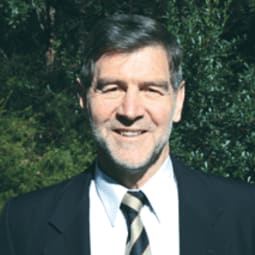
Paul Haddad
Emeritus Distinguished Professor, Australian Centre for Research on Separation Science, University of Tasmania, Tasmania, Australia.
False

Emeritus Distinguished Professor, Australian Centre for Research on Separation Science, University of Tasmania, Tasmania, Australia.
Most important lesson To be persistent in your endeavors and goals, even when things are not working out the way you had hoped.
Encounters with serendipity Serendipity was a common occurrence when we regularly consulted paper copies of journals rather than electronic versions. With the paper copy you sometimes encountered an article that was on the adjacent page to the one you were reading and that article then turned out to be pivotal in your future research directions. Sadly, with electronic databases you find only what the search engine provides and the magic of serendipity is lost.
Most unexpected moment The most unexpected thing that I ever encountered occurred during my PhD studies. After a full year of study of a particular fluorescent complex I found out to my dismay that all of the results I had obtained were the result of a pH effect, not the complexation reaction I had proposed! This was because the test solution containing the metal ions I was studying was acidic, which caused the fluorescence that I had been observing. Fortunately, I was still able to publish these observations so all was not lost.
Eye on the horizon My field of analytical separation science continues to expand despite its relative maturity. The ultimate challenge is to generate sufficient peak capacity to tackle samples with hundreds of thousands (or even millions) of components. At present, we are a long way from reaching this goal, so there’s plenty of work ahead for generations to come.
Feature article: tas.txp.to/1015/Haddad
Receive the latest analytical scientist news, personalities, education, and career development – weekly to your inbox.

False
False
False